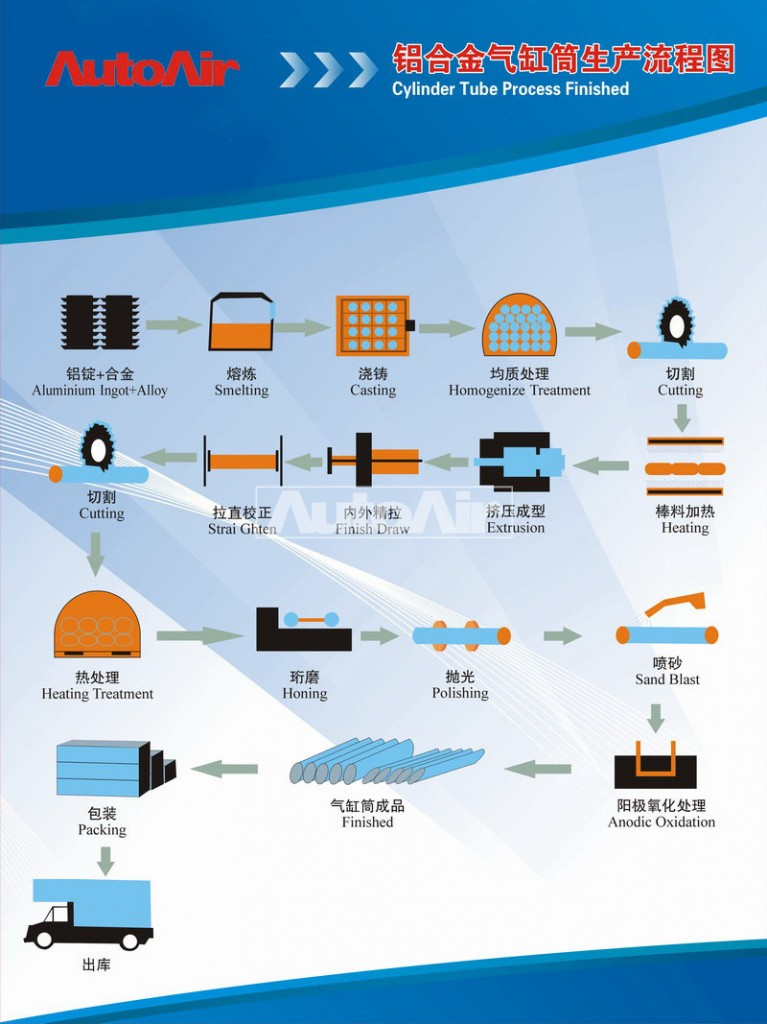The Production Process Of Pneumatic Cylinder Tube
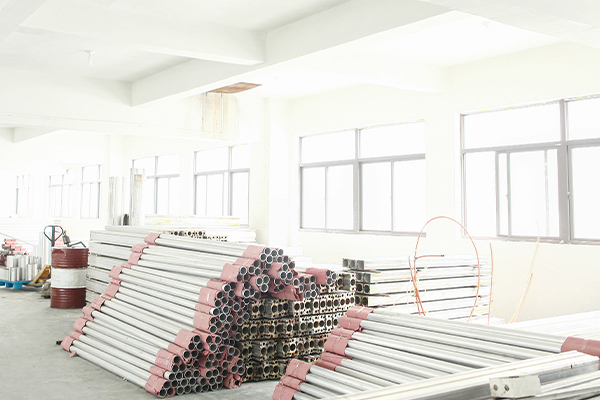 Raw Material workshop
Raw Material workshop
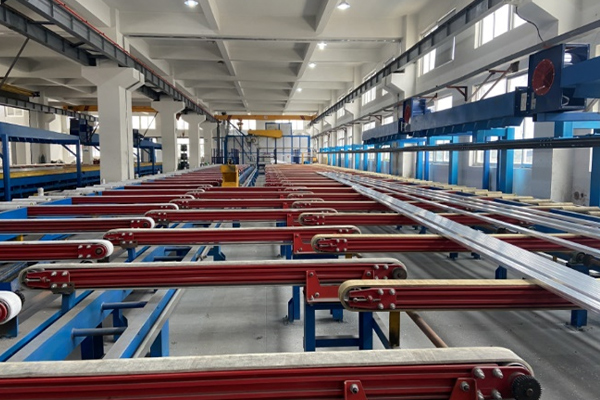 Extrusion Workshop
Extrusion Workshop
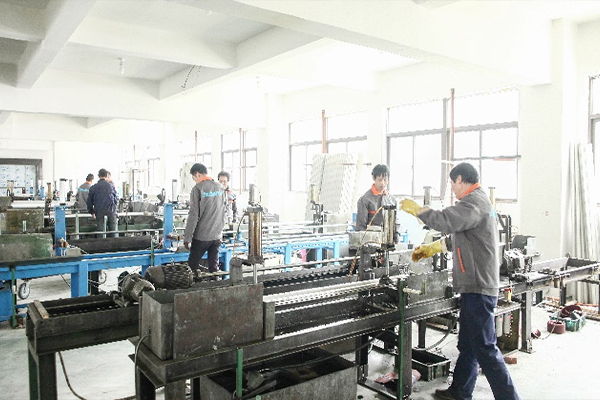 Finish Draw workshop
Finish Draw workshop
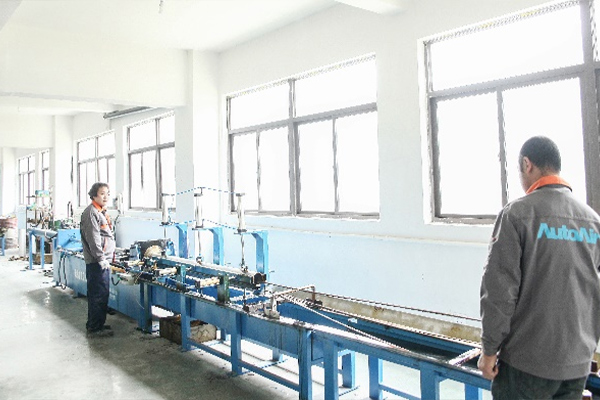 Honing Workshop
Honing Workshop
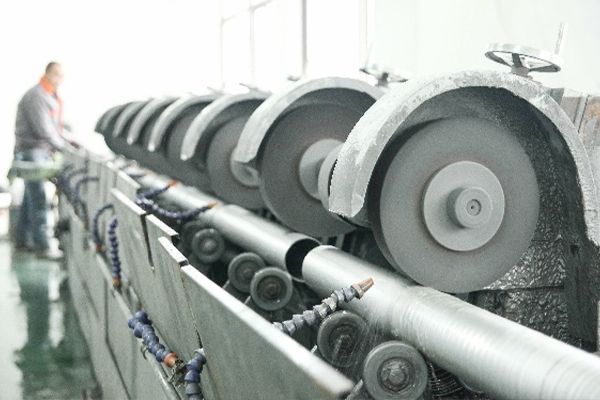 Polishing Workshop
Polishing Workshop
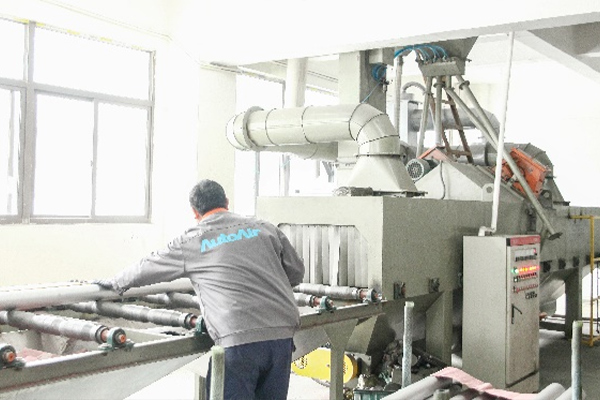 Sand Blast Workshop
Sand Blast Workshop
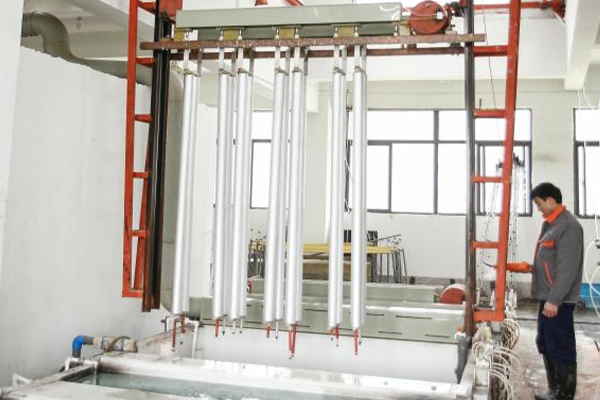 Anodic Oxidation Workshop
Anodic Oxidation Workshop
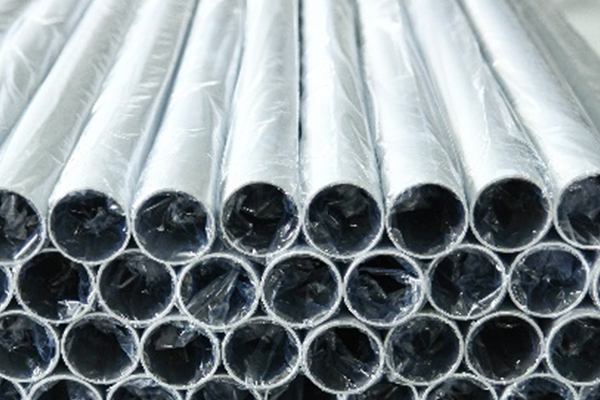 Packing Pneumatic cylinder Tube
Packing Pneumatic cylinder Tube
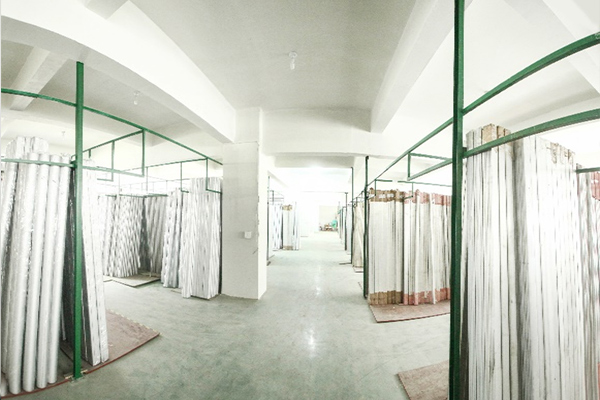 Ready material workshop
Ready material workshop
First of all, after receiving the customer's customized drawings or the customer adopts our standard drawings, we will purchase raw material for mold opening.
Step 1: Extruded Aluminum profile as per the drawing by mould
2 sets of heavy-duty aluminum profile extrusion machines
Step 2: Finish draw
Step 3: Straighten
Step 4: Cutting
Step 5: Heating treatment
Step 6: Honing
12 sets of Pneumatic cylinder tube honing machines
FAQ:
Q1: What is the honing?
A: Finishing processing of the finishing surface with the whetstone (also called honing stick) embedded in the honing head. Also known as boring. It mainly processes various cylindrical holes with a diameter of 5 to 500 mm or even larger, and the ratio of the hole depth to the hole diameter can reach 10 or more. Under certain conditions, it can also process planes, external circular surfaces, spherical surfaces, tooth surfaces, etc. The outer circumference of the honing head is inlaid with 2-10 whetstones with a length of about 1/3 to 3/4 of the hole length. When honing the hole, it rotates and moves back and forth. At the same time, it expands evenly by the spring or hydraulic control in the honing head. Therefore, the contact area with the surface of the hole is larger, and the processing efficiency is higher. The dimensional accuracy of the hole after honing is IT7~4, and the surface roughness can reach Ra0.32~0.04 microns. The size of the honing allowance depends on the hole diameter and the material of the workpiece, generally 0.02~0.15 mm for cast iron parts and 0.01~0.05 mm for steel parts. The rotating speed of the honing head is generally 100~200 rpm, and the speed of the reciprocating movement is generally 15~20 m/min. In order to flush away the cutting chips and abrasive particles, improve the surface roughness and reduce the temperature of the cutting zone, a large amount of cutting fluid, such as kerosene or a small amount of spindle oil, is often used during operation, and sometimes extreme pressure emulsion is also used.
Step 7: Polishing
2 sets of surface polishing machines
Step 8: Sand blast
2 sets of surface sandblasting machines
FAQ
Q1: What is the sand blast?
A: The process of using the impact of high-speed sand flow to clean and roughen the surface of the substrate. Compressed air is used as power to form a high-speed jet beam to spray the spray material (copper ore, quartz sand, emery sand, iron sand, Hainan sand) at high speed to the surface of the workpiece to be treated, so that the appearance or shape of the outer surface of the workpiece surface is changed , Due to the impact and cutting action of the abrasive on the surface of the workpiece, the surface of the workpiece can obtain a certain degree of cleanliness and different roughness, so that the mechanical properties of the workpiece surface are improved, thus improving the fatigue resistance of the workpiece, and increasing its and coating The adhesion between the layers extends the durability of the coating film, and is also conducive to the leveling and decoration of the coating.
Step 9: Anodizing
2 sets of anodizing treatment lines
FAQ:
Q1: What is the anodizing?
A: Anodic oxidation, the electrochemical oxidation of metals or alloys. Aluminum and its alloys form a layer of oxide film on aluminum products (anode) under the action of applied current under corresponding electrolyte and specific process conditions. If anodizing is not specified, it usually refers to sulfuric acid anodizing.
In order to overcome the defects of aluminum alloy surface hardness, wear resistance and other aspects, expand the scope of application, and extend the service life, surface treatment technology has become an indispensable part of the use of aluminum alloy, and anodizing technology is currently the most widely used and most successful of.
Step 10: Finished aluminum cylinder tubes
Step 11: Aluminum cylinder tubes packing
